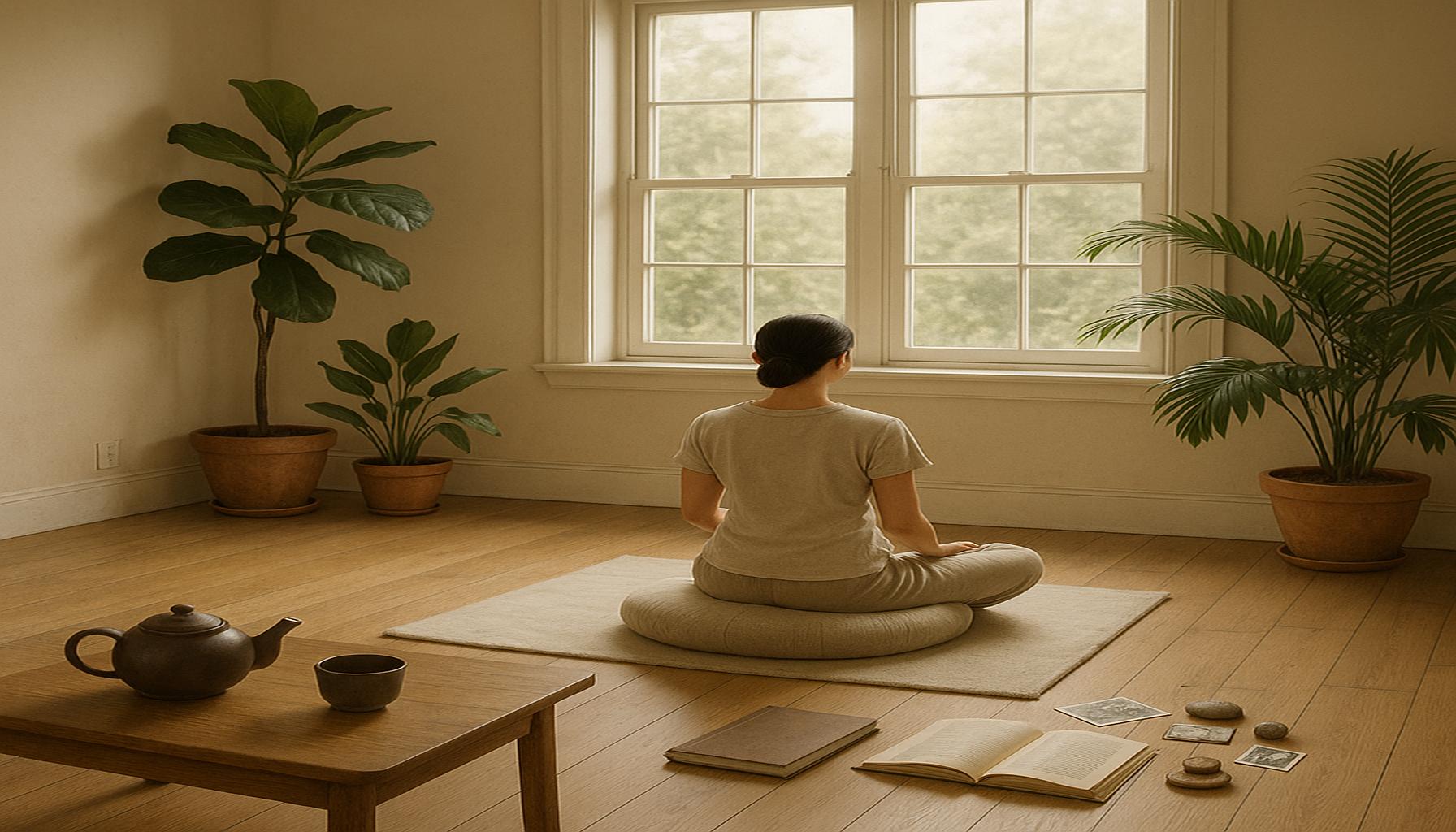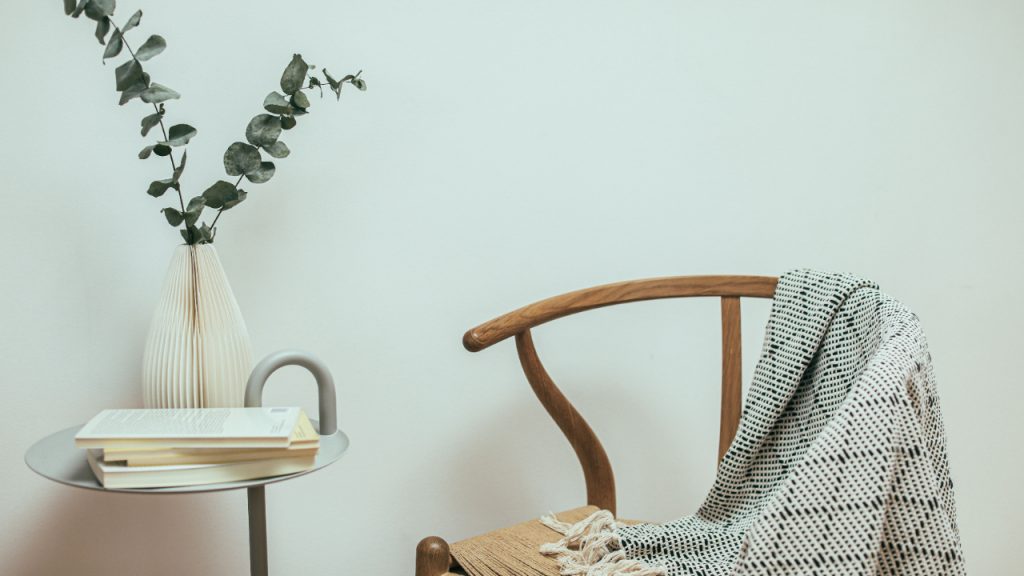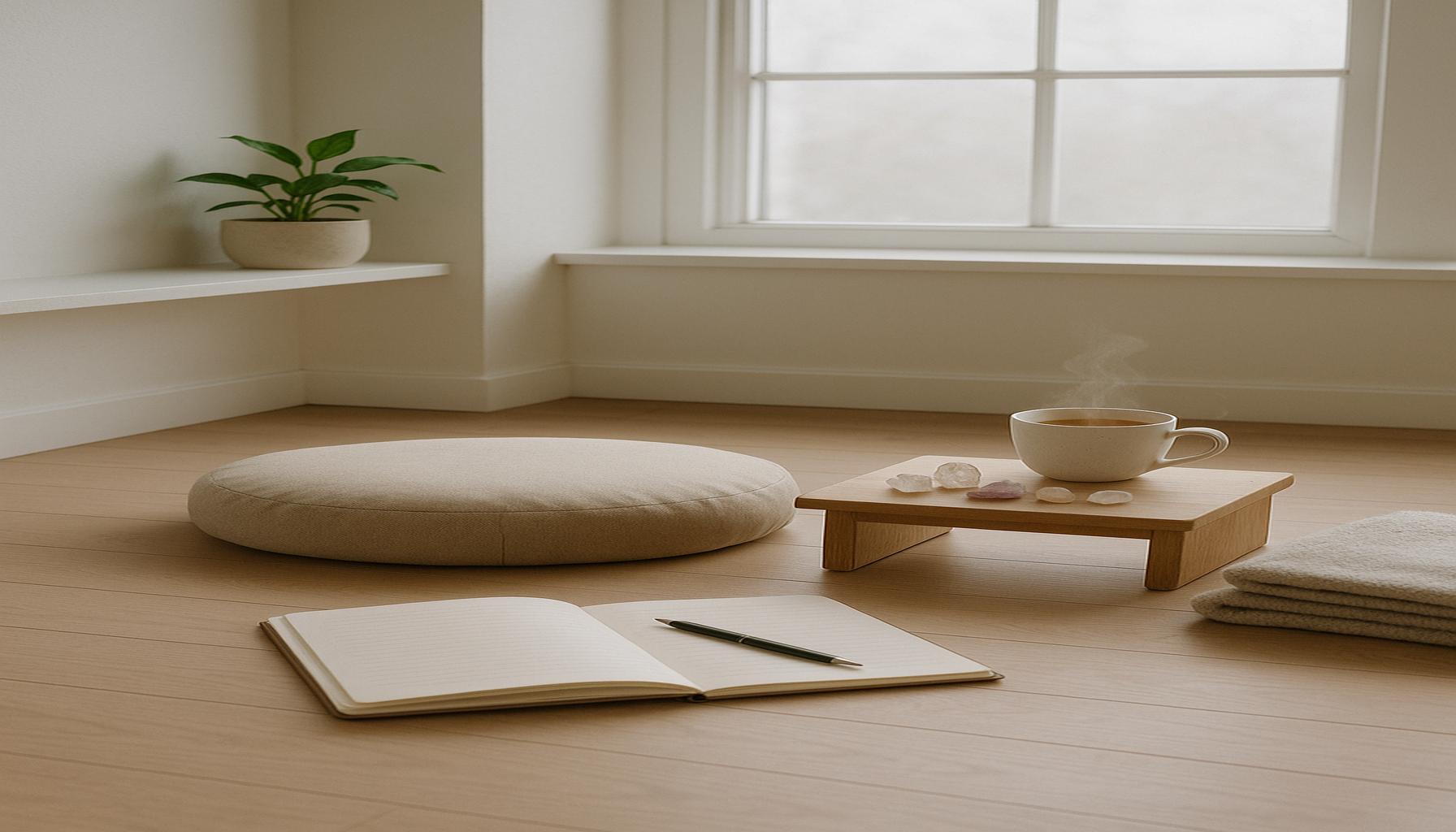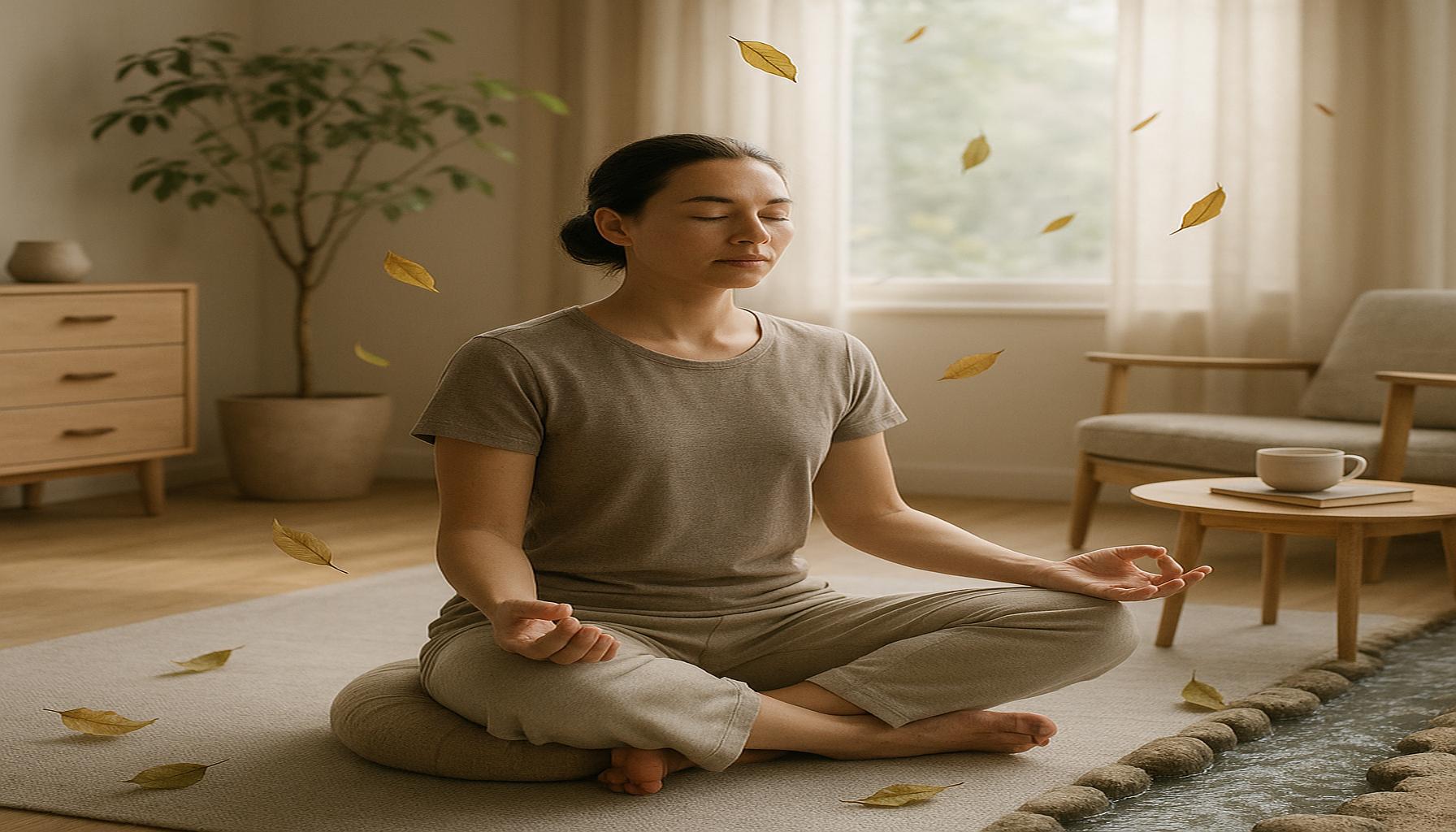How Mindfulness Practice Can Transform the Relationship with Possessions and Spaces

Understanding the Impact of Mindfulness on Possessions and Spaces
In the hustle and bustle of modern life, many individuals find themselves surrounded by an ever-growing collection of possessions. From the latest gadgets to abundant clothing, our belongings often overwhelm us rather than enrich our lives. As a response to this clutter, mindfulness practice emerges as a powerful tool—inviting us to pause and reflect on our relationship with material things and the spaces we inhabit.
At its core, mindfulness involves paying attention to the present moment without judgment. This practice can help illuminate the aspects of our lives that are truly meaningful. By taking a closer look at our belongings, we can ask ourselves questions that encourage a deeper understanding of our motivations and needs:
- Do these items genuinely bring joy or serve a purpose in my life?
- How do the conditions of my personal spaces influence my mental well-being?
- What steps can I take to declutter my environment and create a more serene space?
For instance, consider a living room overflowing with furniture purchased during sales but rarely used. Practicing mindfulness might lead someone to realize that a simpler setup—perhaps just a cozy couch and a few cherished decorative items—would foster a more relaxing atmosphere. This realization can prompt an intentional decluttering process that not only creates space but also enhances the overall aesthetic and functionality of the room.
Studies demonstrate that engaging in mindfulness practices can significantly boost our happiness levels, offering improvements in focus, anxiety reduction, and increased contentment. By fostering a mindful relationship with our belongings, we cultivate an awareness that helps us prioritize quality over quantity; a cherished book might bring far more joy than a stack of unread magazines cluttering the coffee table.
As we continue to explore this topic, it becomes evident that adopting mindfulness can profoundly reshape our daily lives. By enhancing our surroundings and redefining our interactions with the material world, we open the door to a more peaceful, harmonious existence. Mindfulness not only invites us to declutter physical spaces but also encourages an emotional decluttering, allowing us to reconnect with what truly matters in life.

In the context of the United States, where consumer culture often dictates our purchasing decisions, adopting mindfulness practices becomes not just beneficial, but essential. This shift can lead to a deeper understanding of our values and priorities, fostering a lifestyle that emphasizes sustainability and emotional well-being over rampant consumption. As we become more conscious consumers, we can create spaces that reflect our true selves, ultimately leading to a more fulfilling life.
DISCOVER MORE: Click here to optimize your space
Embracing Minimalism through Mindfulness
In an age characterized by perpetual marketing and consumerism, the average American household brims with an excessive assortment of goods, often deemed essential yet frequently left untouched. This culture of accumulation fosters a chaotic environment, leaving many feeling trapped by their possessions rather than liberated by them. Mindfulness practice acts as a transformative force, encouraging individuals to reevaluate this relationship with physical items and personal spaces. By developing a mindful mindset, one can foster a sense of clarity and purpose, guiding efforts to streamline their surroundings and ultimately, their lives.
Practicing mindfulness prompts a deeper examination of how each item we own contributes to our overall well-being. Instead of mindlessly acquiring possessions as a reaction to social pressure or fleeting trends, mindfulness encourages a thoughtful approach to ownership. Here are some key aspects of how mindfulness can facilitate a healthier relationship with our belongings:
- Intentionality: Mindfulness cultivates an awareness of our motivations for purchasing and keeping items. This practice allows individuals to ask themselves, “Does this item truly contribute to my happiness or functionality?”
- Gratitude: When we practice mindfulness, we develop an appreciation for the items we choose to keep. Taking the time to reflect on and honor the memories associated with those belongings can enhance our emotional connection.
- Non-attachment: Mindfulness teaches the value of non-attachment, guiding us to let go of items that no longer serve us. This can alleviate feelings of guilt or obligation tied to possessions inherited or given as gifts.
- Focus on quality: With a mindful perspective, individuals can prioritize the quality and durability of the items they choose to own, favoring longevity and sustainability over disposable trends.
As individuals embrace these principles, they may find themselves naturally gravitating towards a minimalist lifestyle—a movement that emphasizes simplicity, functionality, and beauty in our surroundings. For example, replacing a cluttered workspace filled with unnecessary knickknacks with a clean desk featuring a single plant can transform not just the physical space, but also the mental clarity and focus one experiences while working. In this way, mindful decluttering becomes an act of grounding oneself, fostering a sense of peace amidst the flurry of a busy world.
Research indicates that mindfulness can significantly alleviate stress and anxiety, making the idea of transforming our spaces less daunting. Techniques such as guided meditation, breathing exercises, and journaling invite individuals to thoughtfully engage with their environment. By reflecting on what truly matters, we can initiate a positive cascade of change throughout our homes and workplaces, paving the way for a more intentional existence. This process gradually reshapes not just our physical spaces, but also our internal landscapes, improving our overall sense of well-being.
Ultimately, the journey of integrating mindfulness into our relationship with possessions and spaces can lead to a more fulfilling, enriched life. By letting go of excess and embracing simplicity, we can cultivate a world that reflects our true selves and values.
Exploring Mindfulness and Its Impact on Attachment
Mindfulness practice encourages a deeper awareness of our thoughts and feelings regarding material possessions. As we engage in mindfulness, we begin to recognize the emotional attachments that may not serve us. This realization allows us to foster a more balanced relationship with our belongings. Instead of viewing possessions as a source of identity or status, mindfulness invites us to see them for what they truly are: tools and resources that enhance our lives when approached with intention.
The Role of Spaces in Mindfulness
Just as we become more aware of our possessions, mindfulness extends to our physical spaces. By practicing mindfulness, individuals can develop a more profound connection with their living environments. This connection can lead to a significant transformation in how we perceive clutter and disorder in our spaces. Recognizing that clutter can impact mental clarity, mindfulness encourages us to cultivate spaces that reflect our values and aspirations. By intentionally designing environments that promote peace and functionality, we enhance our ability to focus and thrive.
Mindfulness in Decision-Making
Another crucial aspect of mindfulness is its influence on decision-making regarding purchases and organization. When we practice mindfulness, each purchasing decision becomes a moment of reflection rather than impulse. This transformation fosters a habit of considering whether an item truly adds value to our lives before acquiring it. Furthermore, mindfulness prompts us to challenge the societal pressures that often dictate our consumption patterns, leading to more sustainable and intentional choices. By adopting mindful decision-making, we can break free from the cycle of consumerism and focus on what genuinely matters to us.
| Advantage Category | Description |
|---|---|
| Enhanced Awareness | Mindfulness cultivates a deep understanding of emotional attachments to possessions. |
| Intentional Spaces | Promotes a clutter-free environment, enhancing focus and mental clarity. |
DISCOVER MORE: Click here to optimize your space
Navigating Emotional Clutter Through Mindfulness
While physical clutter can overwhelm our spaces, emotional clutter often weighs even heavier, impacting our mental and emotional well-being. Mindfulness practice not only helps individuals streamline their possessions but also assists in unpacking the emotional baggage intertwined with these items. This practice encourages individuals to confront feelings of guilt, anxiety, or nostalgia that may stem from certain belongings, paving the way for deeper emotional awareness and healing.
To navigate this emotional clutter effectively, one must begin by acknowledging the significance of each possession. Through mindfulness, individuals can engage in self-reflection, evaluating not just the item itself, but also the stories and emotions attached to it. This reflection often leads to profound realizations about one’s identity and values, illuminating the reasons behind certain attachments. For example, a piece of clothing may evoke memories of a loved one or a significant event, but holding onto it for that reason can sometimes hinder personal growth. By recognizing this, individuals may find the strength to let go, freeing themselves from the emotional weight that no longer serves them.
Another crucial aspect is the practice of present-moment awareness. Paying close attention to the current feelings and sensations experienced while interacting with possessions can reveal insights into our relationship with them. Mindfulness encourages individuals to pause and assess emotions that arise during the process of decluttering—be it joy, sadness, or apprehension. Acknowledging these feelings allows individuals to process them rather than suppress them, ultimately fostering a healthier emotional relationship with both possessions and spaces.
Moreover, the ritual of mindful organization can transform not just physical spaces but also mental states. This could involve taking the time to organize a closet or workspace consciously and thoughtfully. When done mindfully, these actions become meditative practices themselves, instilling a sense of calm and mastery over one’s environment. Research suggests that through such practices, individuals report feeling more in control of their lives, as if they are actively participating in the curation of their environments rather than being passive recipients of clutter.
Space, too, plays a significant role in our well-being. Mindfulness emphasizes the importance of creating an environment that aligns with personal values and promotes peace. For instance, an increasing number of Americans are adopting the concept of biophilic design, which incorporates natural elements into living spaces. Studies indicate that greenery and natural light not only beautify a space but can also reduce stress and enhance creativity. Mindfulness advocates tend to support this trend, suggesting that incorporating such elements into our homes can help reinforce a sense of connection to nature, contributing to a more balanced and tranquil state of mind.
Furthermore, social environments can mirror our relationships with possessions. When individuals surround themselves with supportive and mindful communities, the need to over-acquire often diminishes. Engaging in mindful conversations about our attachments can foster a deeper understanding of ourselves and our choices. Initiating discussions with peers about mindfulness and minimalism can not only demystify these concepts but encourage community support in the journey towards a simpler life. As awareness of collective consumerism grows, many are finding strength in shared values, advocating for conscious consumption that respects both individual desires for simplicity and broader environmental concerns.
Ultimately, the journey to transform our relationship with possessions and spaces through mindfulness is an ongoing exploration that allows individuals to craft a life that resonates with authenticity and peace.
DIVE DEEPER: Click here to uncover the importance of clarity in minimalist design
Conclusion: A Mindful Transformation
In a world that often equates worth with material accumulation, mindfulness practice offers a refreshing perspective that prioritizes emotional health and intentional living. The intersection of mindfulness and our relationship with possessions encourages individuals to rethink not just what they own, but why they own it. By engaging in self-reflection, one can identify emotional ties that no longer serve them, ultimately leading to a simpler and more aligned existence. It invites us to celebrate items that inspire joy while simultaneously recognizing when it is time to let go of the past.
The act of decluttering becomes more than a chore; it evolves into a meditative process that fosters clarity and mindfulness. When we consciously navigate our spaces, we can create environments that not only reflect our values but also enhance our well-being. Embracing elements like biophilic design shows how environment and mindset are deeply entwined, further supporting the notion that our surroundings significantly impact our emotional and mental states.
Moreover, the discussions surrounding mindful practices can galvanize community and connection, demonstrating that collective awareness can lead to significant societal shifts towards conscious consumption. In cultivating a mindful relationship with possessions and spaces, we empower ourselves and those around us to embrace authenticity, simplicity, and emotional freedom. Ultimately, the transformative journey of mindfulness invites a holistic reevaluation of what truly matters, promoting a life imbued with peaceful intentionality.


